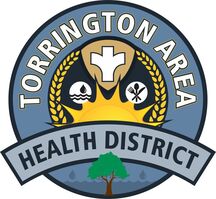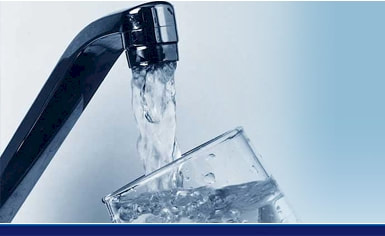| Private Wells in Connecticut fact sheet (short version) |
| Private Well Water in Connecticut fact sheet (long version) |
| Lead in Water Publication |
| Instructions for taking a Uranium or Arsenic water sample |
Private Water Wells
As the local public health agency for its constituent cities and towns, the TAHD enforces three sets of laws that control all aspects of water wells within its jurisdiction. In 1958, the general assembly passed chapter 482 of the Connecticut General Statutes entitled WELL DRILLING. This law enabled the Connecticut Departments of Public Health and Consumer Protection to adopt their own individual well regulations. Collectively, these three documents are known as the Well Drilling Code and they regulate well locations, construction, water quality and quantity and many other well matters.
Before a private well can be constructed, the TAHD must sign a well permit that is submitted by a state licensed well contractor. This permit shows the location of the well on the property and ensures that the minimum separating distances to any sources of contamination are met. After construction, the well driller is responsible for sending a copy of the well completion report to the Health District. The last step for approval is usually the responsibility of the well owner and requires a water test performed by a State Licensed Laboratory. In addition to the one-time bacteria, physical and inorganic testing required by the State Department of Public Health, the TAHD requires a volatile organic compound test for new wells to ensure that the groundwater is absent of these cancer causing chemicals.
Regulations for water sources and systems other than private wells are enforced by the Connecticut Department of Public Health.
Additional information pertaining to Connecticut water quality is provided at The Connecticut Environmental Health Association website.
Directions for Chlorinating Wells
Water Testing Laboratories
Before a private well can be constructed, the TAHD must sign a well permit that is submitted by a state licensed well contractor. This permit shows the location of the well on the property and ensures that the minimum separating distances to any sources of contamination are met. After construction, the well driller is responsible for sending a copy of the well completion report to the Health District. The last step for approval is usually the responsibility of the well owner and requires a water test performed by a State Licensed Laboratory. In addition to the one-time bacteria, physical and inorganic testing required by the State Department of Public Health, the TAHD requires a volatile organic compound test for new wells to ensure that the groundwater is absent of these cancer causing chemicals.
Regulations for water sources and systems other than private wells are enforced by the Connecticut Department of Public Health.
Additional information pertaining to Connecticut water quality is provided at The Connecticut Environmental Health Association website.
Directions for Chlorinating Wells
Water Testing Laboratories
Connecticut Department of Public Health's video on private well testing



